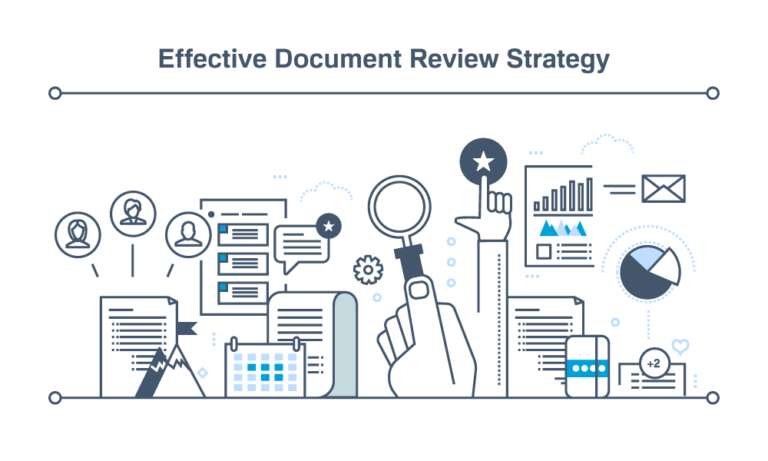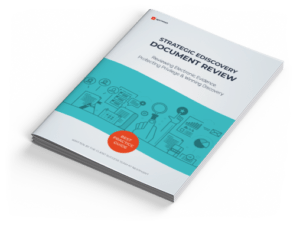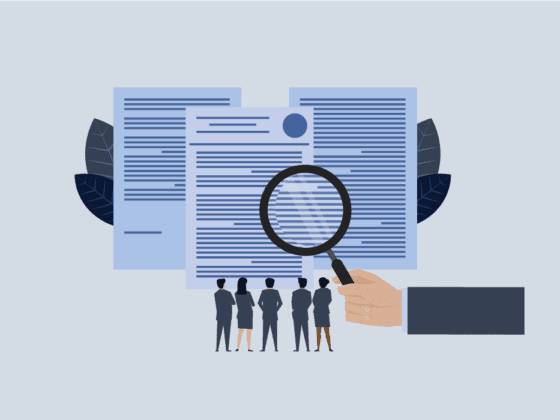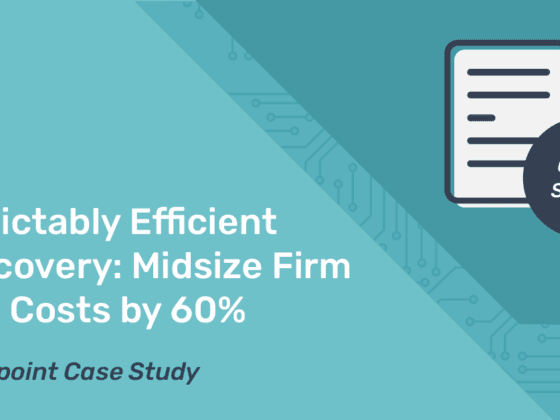This free guide is full of document review guidelines and best-practice tips for reviewing electronic evidence, protecting privilege, and winning ediscovery.
Before we get into the tactics and strategy of modern document review, it is important to remember the exact purpose of the review phase in discovery. According to Federal Rules of Civil Procedure, Rule 26, any party may obtain discovery regarding non-privileged information that is relevant to another party’s claim or defense. A document review is the process of distinguishing relevant data from irrelevant data and provides information and evidence about the facts and issues of the matter.
Modern document review guidelines are governed by the practice of Electronic Discovery. In the practice of law, ediscovery is a relatively new practice area, only a couple of decades old. But at its core, ediscovery is not a new invention. It is simply discovery as it is practiced in today’s digital world.
In order to be successful, document review teams need to be able to organize collections of documents and data. They need to search for potentially relevant information as well, all while keeping confidential and privileged information from being produced to opposing counsel. It is a careful balancing act that will require careful planning, diligent execution, and quality control processes at every step of the way.
In this comprehensive guide, we will explain how to:
- Develop a project plan and overall strategy
- Negotiate terms with opposing counsel under Federal Rules of Civil Procedure (FRCP) Rule 26(f)
- Identify workflow requirements
- Select your team and review platform
- Review for Privilege
- Perform quality control and validation and production
 Download your complete guide here: Strategic Ediscovery Document Review
Download your complete guide here: Strategic Ediscovery Document Review
Need Help With Document Review?
Reach out to the experts at Nextpoint. We provide legal services to guide you through each stage of ediscovery, from document collection and data filtering to review and production.








